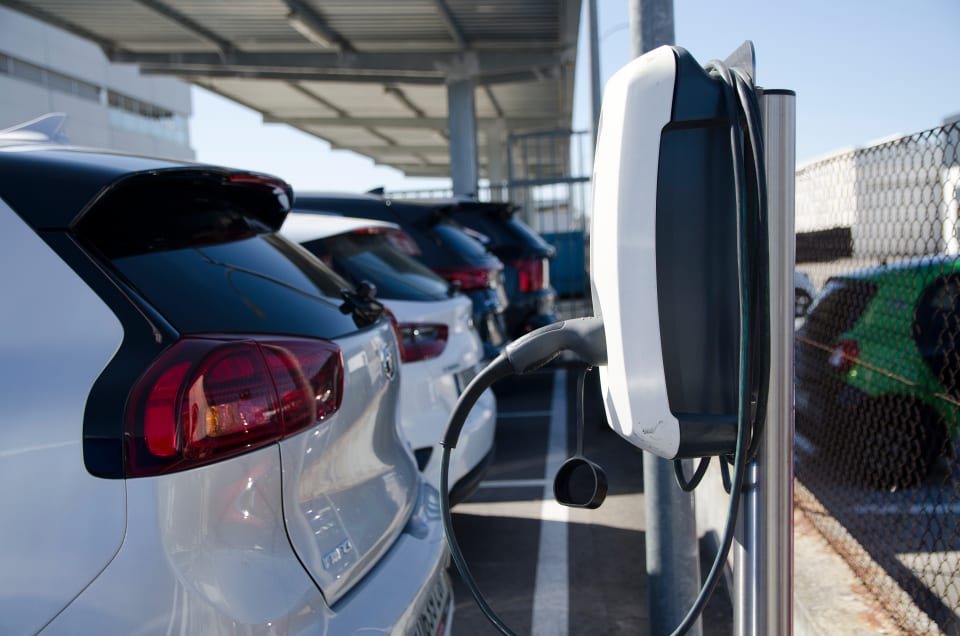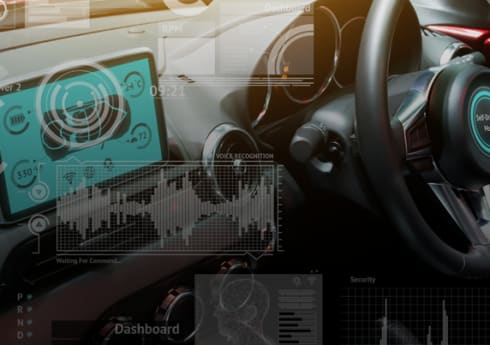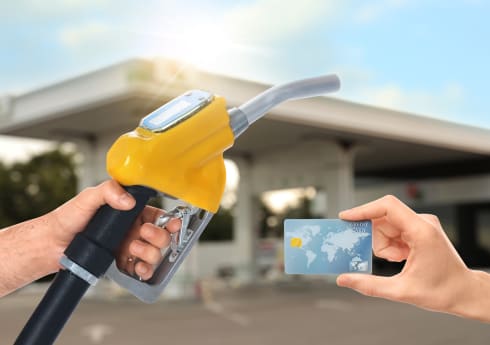EV Battery Charging Best Practices for Businesses
If you have electric vehicles, understanding the EV battery charging best practices is essential for protecting your fleet.
From getting the right EV charging points to knowing how long to charge your EV for, this guide takes you through all the key steps to make sure you’re protecting your battery life.

The top five EV battery charging best practices
EV battery technology is getting better each year, but as with diesel and petrol vehicles you still need to know how to look after your EV.
You’ll see EV battery news mention major developments over the decade ahead, but you must still follow best practices to make the most of yours. Here are the five key tactics to follow that’ll keep your battery life going for longer.
1. Follow industry advice
What’s the best charge range to have your EV in? Well, leading industry advice is to charge from 10%-80%. But preferably to leave your EV between 50%-80%.
When rage anxiety fears kick in, it may be tempting to max out to 100% all the time. But that’s not a good idea for the health of your EVs.
iCompario tip: You must make the most of your EV battery
EV battery capacity kWh averages at usually around 40kWh for most models, although some are as high as 100kWh. That capacity is what affects the range of your EV.
Remember, there’s no “best EV battery” on the market. All are susceptible to degradation if you don’t follow best practices.
The most powerful EV batteries can be found on Tesla models, such as the Tesla Model S or the Lucid Air (which can manage over 500 miles). But these will still degrade if you don’t follow best charging practices. It’s up to you to make the most of your EV!
2. Don’t max out your charging
Limit the extreme state of charge (SOC) for your EV. By this, we mean don’t constantly max out your EV fleet with 100% charges.
It’s actually not very good for your EV battery life. It damages it more than topping up to around the 80% mark. And to try and keep your EV around the 50%-80% mark for maximum battery efficiency.
That’ll prevent battery degeneration and keep you moving for longer.
3. Avoid fast-charging your EV
This may be frustrating, but the reality is sticking you EV onto a fast-charging charge point will damage your battery in the long-run.
The damage isn’t huge, but industry research shows by using standard charging you’ll add 10% to the life of your EV batteries. And that can add up over time. If you want to keep those EVs on the road for longer, make sure you’re using standard charge. Rely on fast charging only when necessary.
4. Manage battery state during downtime
It’ll be tempting for employees to park their EV for the night, for example at home, and leave the vehicle on charge all night.
If that maxes out the battery and leaves the EV charging at 100% for more hours than it needs to… yep, you’re getting battery degradation. The solution? You can use timers to ensure the charging cuts out at key moments.
Make sure your drivers are doing this.
Also, make sure they’re not letting their EV run down to 0%. If you completely go flat, that’s not great for battery life. It’s important to keep the vehicle charged in one way or another, but going back to #2 do avoid overcharging.
5. Park sensibly to limit exposure to extreme temperatures
This is a seasonal point! EVs are heat sensitive, so during summer months you don’t want to leave them parked out and baking in the sun.
One reason for this is electric vehicles often have temperature sensitive systems installed to keep temperatures down. You’ll drain battery if you leave the EV in the sun with its cooling systems running.
How much do EV batteries cost?
EV battery price will vary from one manufacturer to the next,
If your EV battery is damaged and needs replacing, be aware this can be expensive. So, what’s the cost of replacing EV batteries? Well, take the Nissan Leaf battery repair as an example—it’ll set you back some €5,000.
Of course, every EV is different. But no battery will be as cheap as chips. This is why it’s so important to follow EV battery charging best practices to keep your vehicle healthy.
Are there fast-charging EV batteries?
There are fast-charging EV batteries available, many of which are at the cutting-edge of EV technology right now.
You’ll see the EV battery news covering the likes of the Lucid Air EV, among others, in the years ahead as the tech advances. These will significantly improve charging speeds as electric vehicle technology progresses.
However, it doesn’t matter how advanced this technology gets, you’ll still need to follow EV battery charging best practices to avoid battery degradation.
Are there portable EV battery chargers?
Yes, there are portable EV battery chargers available on the Irish market.
For these, you’ll need an EV-specific portable charger. They’re quite new to the market and can’t act as your sole means of charging your electric vehicle fleet. But they make for a handy backup power supply.
The reality is, having a combination of charge points, potentially portable chargers but also charge cards will effectively cover off your charging requirements.
iCompario tip: Use charge cards to limit range anxiety
Simplify your wider charging needs with EV charge cards. Hand these out to your drivers and they have immediate access to 100s of charging stations across the IOI.
How do they work? Your drivers charge at a station, pay and that’s that! It just provides additional coverage you may need to cover off any range anxiety issues.



